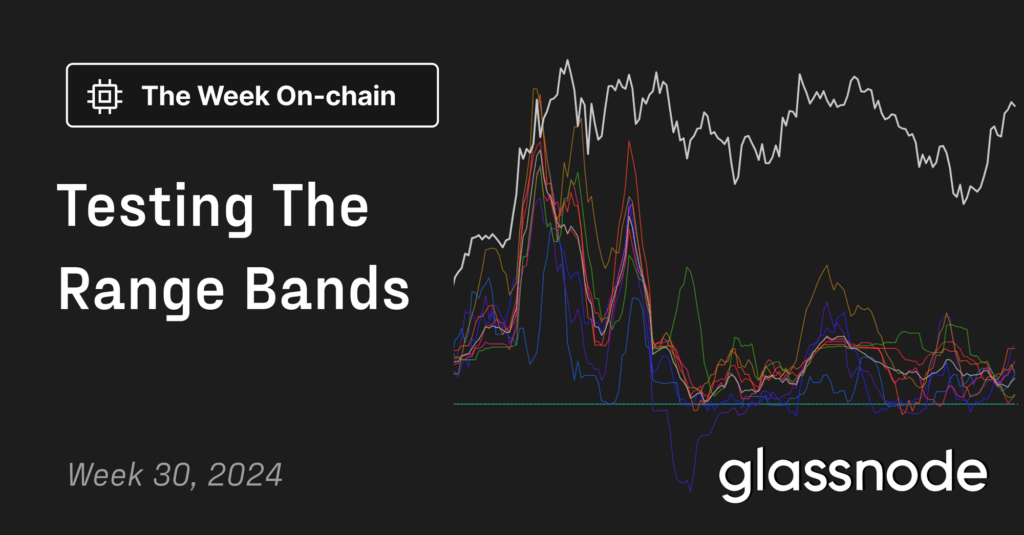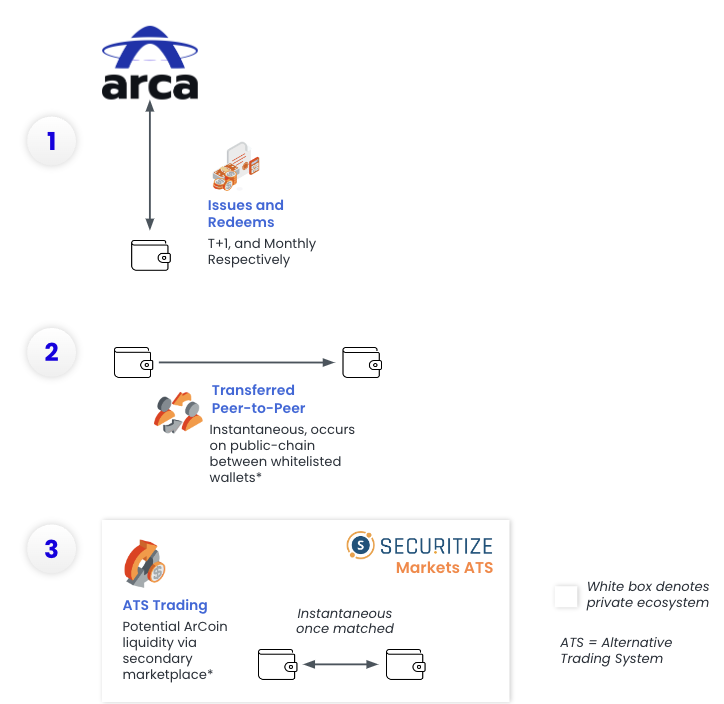Research Summary
The report discusses the potential tax benefits for investors in cryptocurrency futures ETFs, specifically Bitcoin and Ethereum, when the fund is structured as a C-Corp. It compares the tax implications of C-Corp and RIC structures, explaining how the former could result in higher after-tax returns for long-term, tax-sensitive investors. The report also uses the analogy of gardening in a greenhouse to illustrate the benefits of a C-Corp structure.
Key Takeaways
Understanding C-Corp vs. RIC Structures
- Higher After-Tax Returns with C-Corp: The report suggests that a fund structured as a C-Corp may result in higher after-tax returns than funds structured as regulated investment companies (RICs). This is particularly true for high-net-worth individuals and corporations investing over longer time horizons and through periods of high volatility. The overall tax burden paid inside and outside of the C-Corp may be less than the overall tax burden paid outside the fund by the investor in a RIC structure.
- Control Over Recognition of Gains: A C-Corp structure allows for greater control over the recognition of gains and potential deferral of tax payments. Unlike a RIC, a C-Corp is not required to distribute all of its gains each calendar year, providing an opportunity for long-term investors to manage their tax liabilities more effectively.
Benefits of a C-Corp Structure
- Potential for Better After-Tax Returns: For long-term, taxable investors, a C-Corp structure can potentially yield better after-tax returns compared to RICs. This is due to the ability to carry forward and back capital losses to offset gains and the more favorable tax treatment of distributions.
- Tax-Friendly Distributions: C-Corp distributions are considered Qualified Dividend Income (QDI) and are taxed at long-term capital gains rates, which are currently lower than ordinary income tax rates. For corporate investors, the distributions are eligible for the Dividends Received Deduction (DRD), which results in 50% of the dividends from the C-Corp being excluded from the taxable income of the corporate investor.
- Simple Tax Reporting: Both C-Corps and RICs report income to investors using Form 1099, simplifying the tax reporting process for investors.
Understanding NAV Underperformance
- Short-Term NAV Underperformance: In periods of rising markets, the Net Asset Value (NAV) performance of a fund structured as a C-Corp may trail that of a RIC due to the daily tax accrual. However, the long-term tax efficiency of a C-Corp can offer better after-tax returns over time.
Actionable Insights
- Consider the Tax Implications: Investors considering Bitcoin or Ethereum futures should understand the tax implications of their investment structure. A C-Corp structure may offer higher after-tax returns for long-term, tax-sensitive investors.
- Assess the Benefits of a C-Corp Structure: Investors should evaluate the potential benefits of a C-Corp structure, including the ability to carry forward and back capital losses, more favorable tax treatment of distributions, and the potential for better after-tax returns.
- Understand NAV Performance: Investors should be aware that while a C-Corp may appear to underperform in terms of NAV during rising markets due to daily tax accrual, the long-term tax efficiency can offer better after-tax returns over time.













